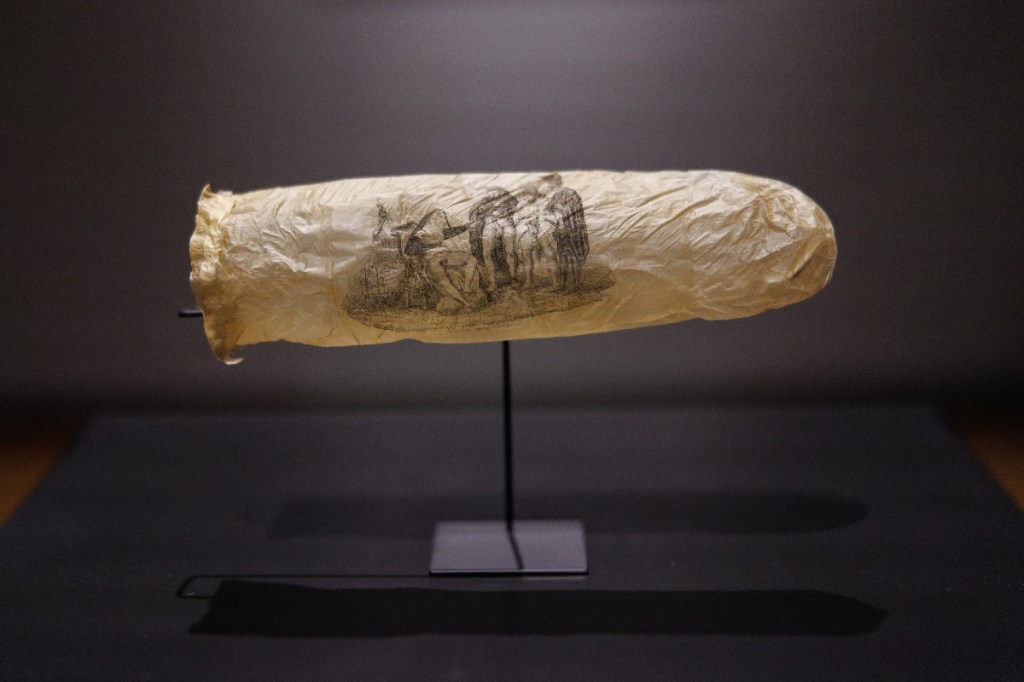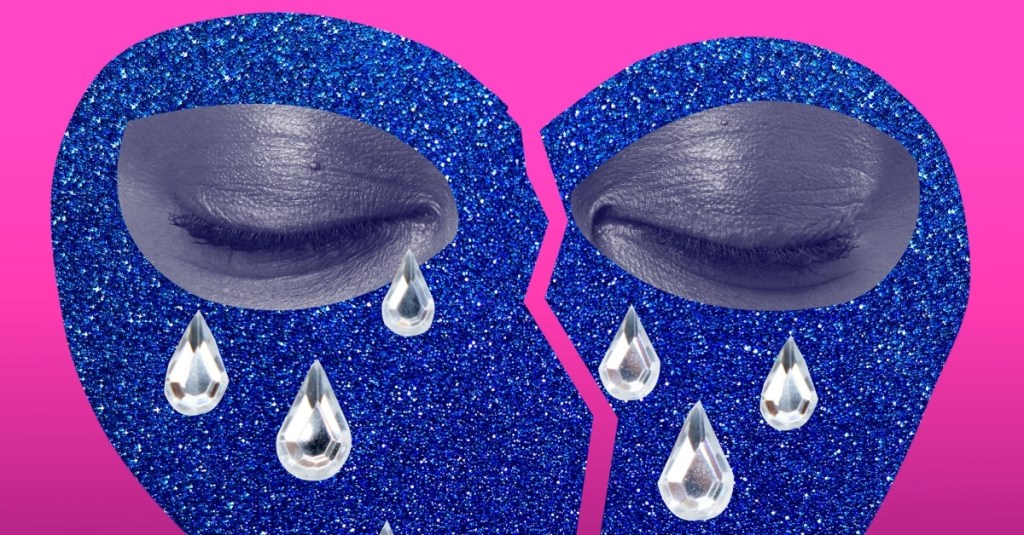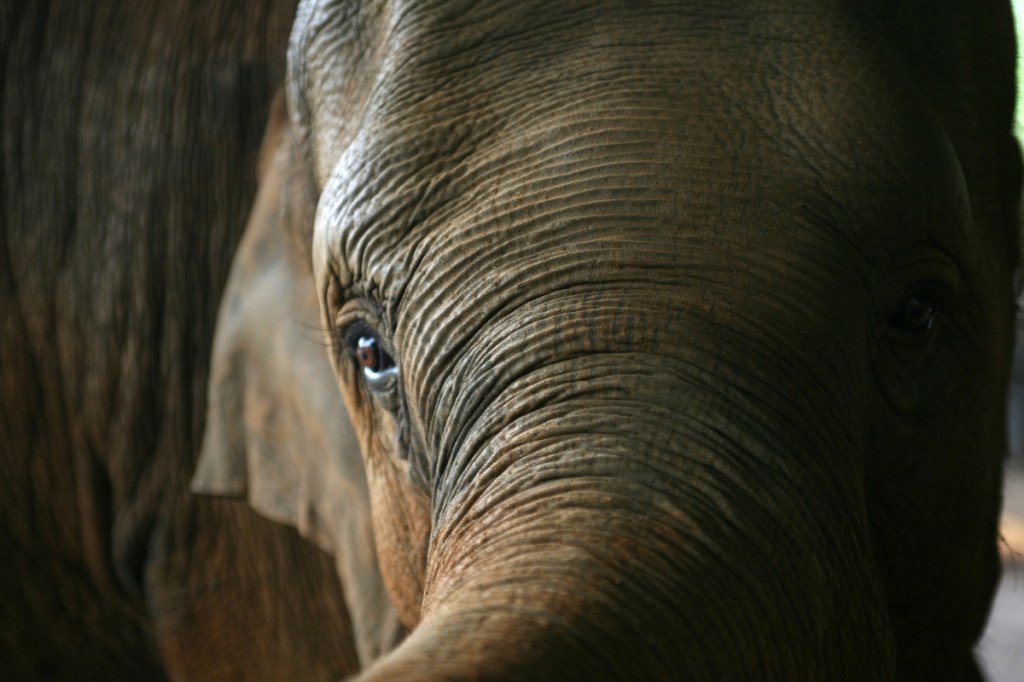Turning animal poop into baby animals sounds like a bizarre plot twist from a sci-fi movie, but it might just be the future of wildlife conservation. Researchers behind a new effort nicknamed the “poo zoo” are exploring whether animal dung—yes, literal feces—could help rescue endangered species from extinction.
It turns out, poop isn’t just a pile of waste. It’s also packed with shed cells from the intestinal lining of the animal that left it behind. And if that dung is fresh enough, some of those cells are still alive.
Videos by VICE
Scientists at Oxford University and the conservation group Revive & Restore are now investigating whether those cells can be cultured, reprogrammed, and used to bring more animals into the world.
Scientists Want to Save Endangered Animals Using Poop
So far, researchers have isolated live cells from elephant and mouse droppings. It’s early days, but the implications are huge. These cells could be analyzed to map genetic diversity, used in cloning efforts, or even reprogrammed into sperm and eggs—potentially leading to entirely new critters, created in labs without ever capturing a single wild animal.
The logic is simple: more genetic diversity means better odds for species’ survival. And if you can collect DNA from dung instead of tranquilizing animals, you gain access to a wider, wilder gene pool. It’s cheap, non-invasive, and ideal for elusive species that conservationists rarely get close to.
That said, it’s not quite as easy as scooping poop and creating life. Feces are full of bacteria, and researchers are still refining techniques to isolate and grow healthy animal cells from such a hostile environment. There’s also the hurdle of understanding reproductive systems well enough to turn those cells into viable offspring.
Still, the team behind the poo zoo has credentials. They’re the same people working on cloning black-footed ferrets and reviving northern white rhinos using lab-grown eggs. If anyone can pull genetic miracles from a pile of dung, it’s them.
Not everyone’s convinced, though. Conservationists warn that cutting-edge tech can’t replace basics like protecting natural habitats and stopping poaching. “Producing more animals doesn’t fix what’s killing them in the first place,” said Dr. David Jachowski, a wildlife ecologist at Clemson University.
But researchers say we need both—protection in the wild and innovation in the lab. Because at this point, saving species might require all the tools we’ve got. Even the stinky ones.
More
From VICE
-

Photo by Rijksmuseum/Kelly Schenk -

Photo by Tibor Bognar via Getty Images -

De'Longhi Dedica Duo – Credit: De'Longhi -

We Are/Getty Images
